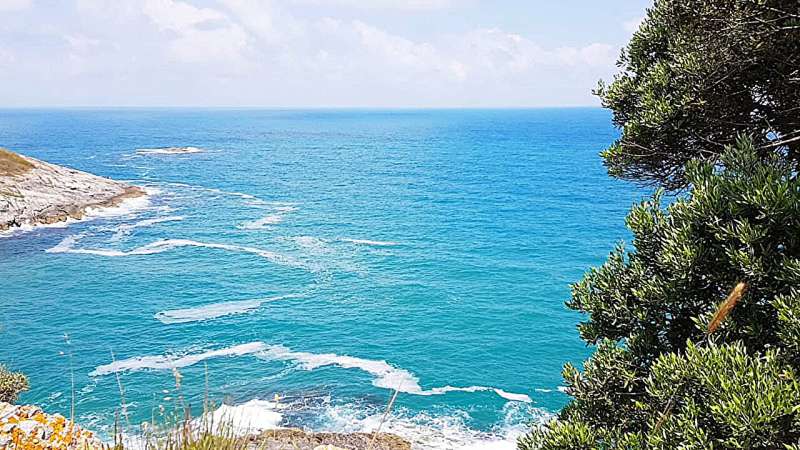This article has been reviewed according to Science X's editorial process and policies. Editors have highlighted the following attributes while ensuring the content's credibility:
fact-checked
trusted source
proofread
Comparing carbon-trapping capacities of anoxic basins

Humans will need to both drastically reduce emissions and remove at least 10 gigatons of carbon dioxide from the atmosphere per year to avoid the worst effects of climate change, according to the Intergovernmental Panel on Climate Change 2023 synthesis report.
Storing biomass (either ocean grown, such as seaweed, or land sourced, such as agricultural waste) in the ocean could lock carbon below kilometers of water, potentially for thousands of years. Anoxic regions, or those lacking oxygen, are especially attractive for this purpose, as their chemistry limits biomass breakdown and their isolated nature means that negative environmental impacts are likely to stay contained.
Researchers assessed the storage capacity of three anoxic basins—the Black Sea between Europe and Asia, Cariaco Basin off the coast of Venezuela, and Orca Basin in the Gulf of Mexico—and studied how sunken biomass would change these basins' geochemistries.
The Black Sea is an attractive carbon storage location because material at the seabed takes a very long time to recirculate. If about 2,000–7,000 square kilometers of the sea floor were coated with a 4-meter-thick layer of biomass, this body of water could sequester between 3.5 and 11.7 gigatons of carbon dioxide for more than 1,000 years. As a result, sulfide and ammonium levels in the deepest part of the basin would likely increase moderately, and the pH would likely decrease slightly.
Seasonal upwelling brings deep water to the surface in the Cariaco Basin, releasing carbon dioxide from biomass breakdown to the atmosphere more quickly. This limits the durability of storage in this basin. Covering between about 100 and 350 square kilometers with a 4-meter-thick layer of biomass could result in sequestering between 0.18 and 0.58 gigaton of carbon dioxide, but for substantially less than 1,000 years.
Ion levels in Orca Basin, which is much smaller than the Black Sea and Cariaco Basin, are so high that scientists have a hard time predicting changes in its pH. The Orca Basin also has a unique, slow-growing microbial community, and it's unclear how these organisms would respond to a large, sudden increase in biomass availability. Because conditions at the bottom of Orca Basin are so dramatically different from those in overlying, "normal" seawater, there's very little mixing between the layers, giving it the potential to sequester 0.005–0.26 gigaton of carbon dioxide for more than 10,000 years.
Anoxic basins could make a substantive contribution to carbon sequestration, the researchers wrote. But further research is needed to ensure that the benefits outweigh the risks.
More information: Hoesung Lee et al, IPCC, 2023: Climate Change 2023: Synthesis Report. Contribution of Working Groups I, II and III to the Sixth Assessment Report of the Intergovernmental Panel on Climate Change [Core Writing Team, H. Lee and J. Romero (eds.)]. IPCC, Geneva, Switzerland (2023). DOI: 10.59327/IPCC/AR6-9789291691647
Provided by American Geophysical Union
This story is republished courtesy of Eos, hosted by the American Geophysical Union. Read the original story here.




















